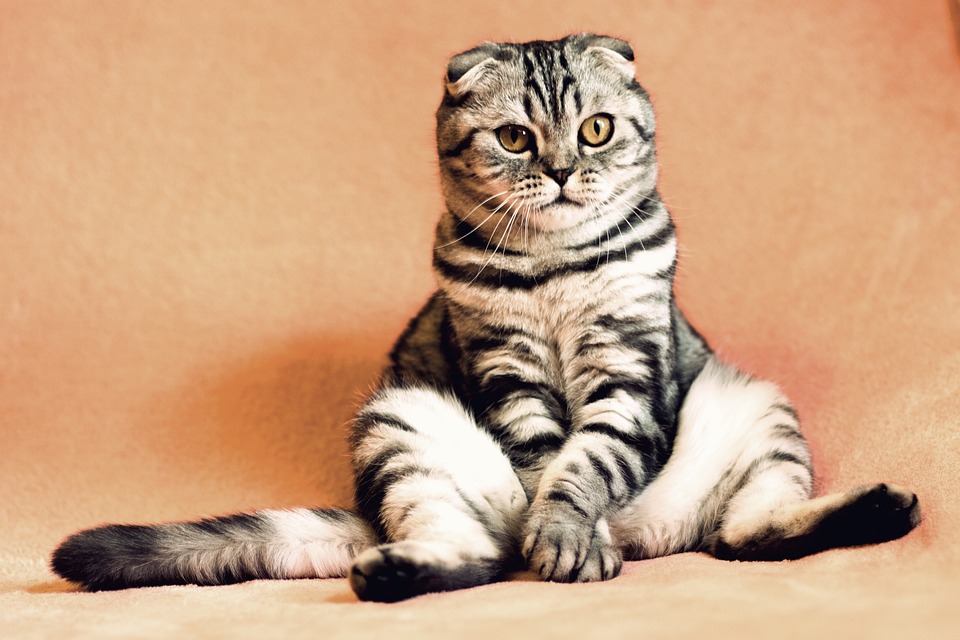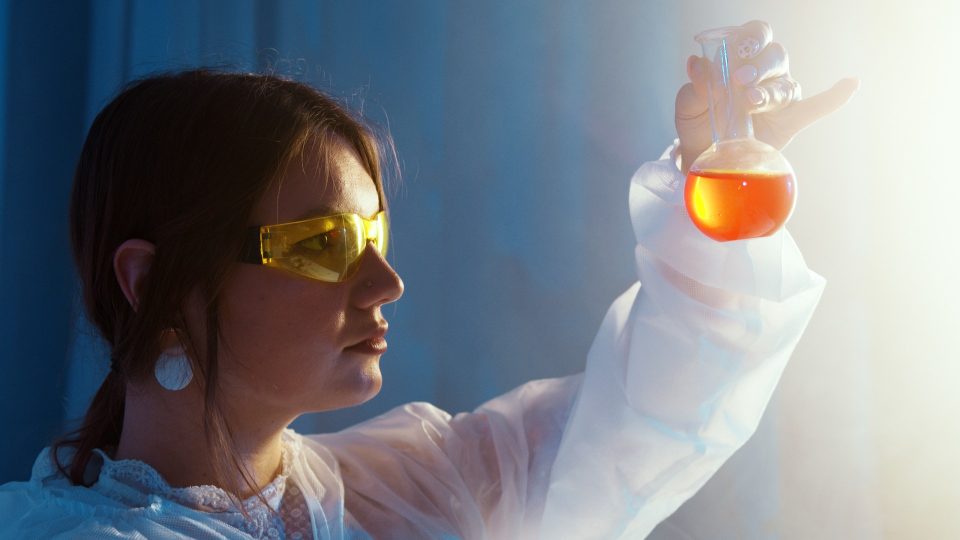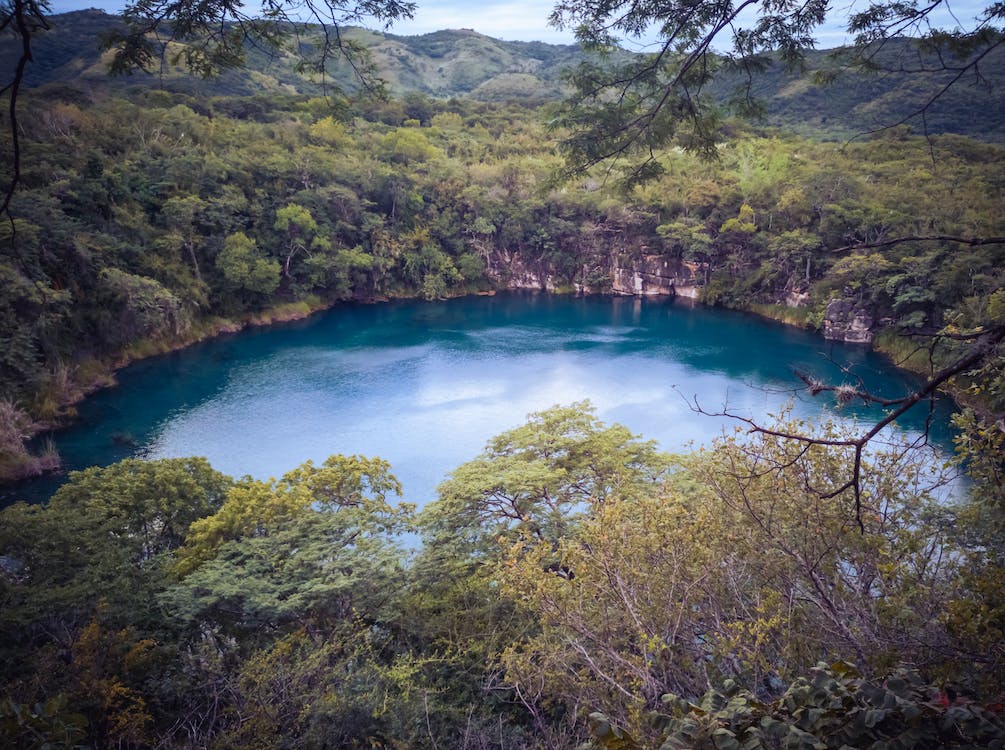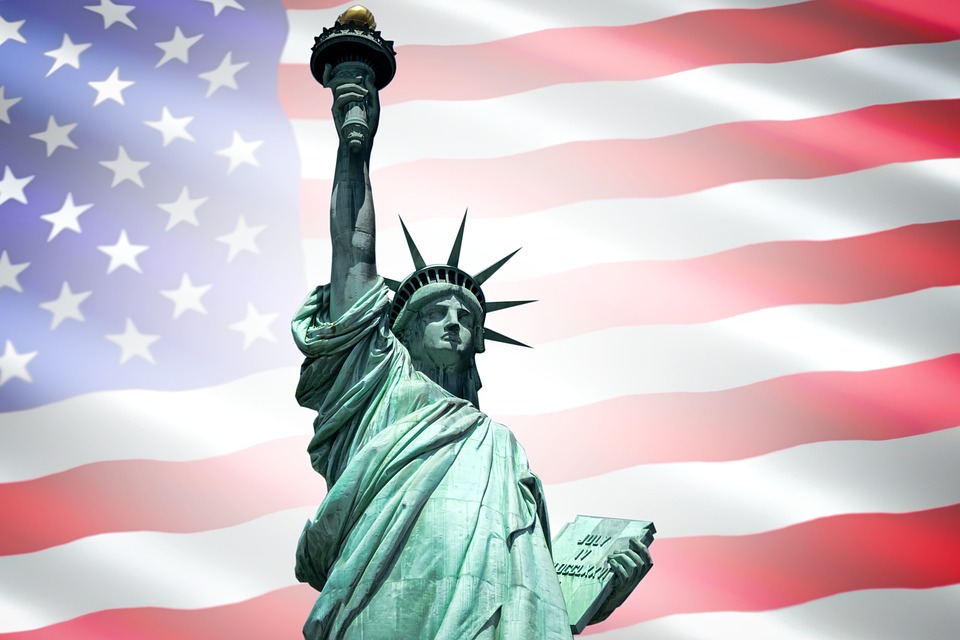
Human hair has undergone significant evolutionary changes over the course of millions of years, adapting to various environmental conditions and serving a variety of functions, from protection to thermoregulation to social communication. In this essay, we will explore the evolutionary stages of human hair and how it has adapted to different environmental pressures throughout history.
Early Primate Hair
The earliest primates that appeared around 65 million years ago had fur covering their entire bodies, including their faces, palms, and soles of their feet. This fur was likely thick and coarse, providing insulation and protection from the elements, as these primates lived in diverse environments ranging from forests to open grasslands. This fur also helped them blend in with their surroundings, providing camouflage against predators.
As primates evolved, their hair adapted to new environments, such as those with increasing temperatures, as they moved from forests to more open areas. As a result, some primates developed shorter, thinner hair, or in some cases, no hair at all. This adaptation allowed these primates to regulate their body temperatures more effectively and stay cool in hot, arid climates.
Early Human Hair
As humans evolved from their primate ancestors, their hair underwent further changes to suit their changing needs. Our early human ancestors were covered in hair similar to modern chimpanzees and other great apes. However, as they began to move out of the forests and into more open areas, their hair became less dense and eventually disappeared in some areas of their bodies, such as the arms and legs. This change allowed our early human ancestors to better regulate their body temperatures in hotter, drier environments.
Early humans also developed a thick, curly hair on their heads, which served a variety of functions. This hair protected the scalp from the sun’s harmful rays, helped regulate body temperature by trapping heat close to the head, and may have even helped with social communication, such as displaying emotions or indicating social status.
Hair Color
Another significant change in human hair over time has been its color. Early humans likely had dark hair, as it provided better protection from the sun’s harmful rays. However, as humans migrated to areas with less sunlight, such as northern latitudes, their hair began to lighten. This change in hair color allowed more sunlight to reach the skin and promote the production of vitamin D, which is essential for bone health. As a result, lighter hair colors became more common in these regions.
Modern Human Hair
Today, humans have a wide variety of hair textures, colors, and styles. The thickness and density of hair vary greatly between individuals, depending on factors such as genetics and environmental conditions. However, despite these variations, human hair continues to serve important functions, such as protection from the elements and social communication.
Hair Care
In addition to its functional roles, hair has also become an important aspect of human culture and identity. Throughout history, humans have used hair as a means of self-expression, with styles and grooming practices reflecting social status, cultural traditions, and personal preferences. In many cultures, hair is considered a symbol of beauty, with long, flowing hair often viewed as a desirable trait.
With the rise of modern technology and globalization, humans have access to a wide range of hair care products and services, from shampoos and conditioners to hair dyes and styling tools. These products allow individuals to experiment with different hairstyles and colors, further enhancing the role of hair in human identity and self-expression.
Conclusion
In conclusion, human hair has undergone significant evolutionary changes over time, adapting to new environmental pressures and serving a variety of functions, from protection to social communication. While the thickness, density, and color of human hair continue to vary between individuals, hair remains an important aspect of human culture and identity, reflecting social status, cultural traditions, and personal preferences.







